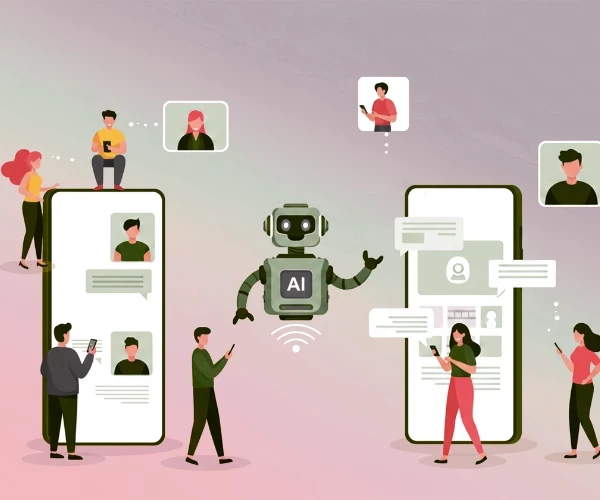Use of Technical and Non-Technical Gamification on the Rise, but for How Long?
Add bookmarkFor such an extravagant word, gamification is actually a simple concept: the use of game intelligence and game procedures put in place in applications and learning situations, both technical and non-technical, to engage users and solve problems. Gamification is popular for employee performance, advanced education, customer engagement and personal development.
Kevin Webach, an associate professor at the Wharton School of Business, taught a massive open online course (MOOC) on the topic last year. More than 75,000 people signed up. According to the syllabus, "Game thinking means more than just dropping in badges and leaderboards; it requires a thoughtful understanding of motivation and design techniques."
Gamification for the Non-Technical World
Many people assume gamification means adding a game-type scenario to a virtual or e-learning program. Gamification has been used for decades with peer-to-peer contact in the workplace. It just hasn’t been termed as such until recently when gamification became popular with in-person training models.
Corporate training leaders, as well as internal training organizations, are implementing gamification into their training content. A game in the middle of a long day of learning brings diversity to the content and lightens the mood among the trainees.
Listening to long lectures and taking notes can be tedious tasks. What if we take the game one-step further and give trainees the opportunity to get in a group and learn, for example, how to cross-sell their assigned product with co-trainees?
The workers engage with their peers and end up learning about content in a fun way. Facilitators at Impact, where I work, have said games break up the day, inspire fun and interactivity, and involve a subset of the trainees that may have otherwise been quiet and removed.
Wanda Meloni, senior analyst at M2 Research, says "A nice thing about gamification is that it provides metrics [such as accomplishments or completion of significant milestones], so that you can pretty easily see as a trainer or educator just how a user or participant is progressing through a particular process."
Adding gamification into the classroom creates an increased sense of interest in the subject, and engagement levels increase.
Gamification in the Technical World
Companies are incorporating gamification into everyday virtual and e-learning platforms at an exceedingly fast rate to do everything from training employees on new software programs to implementing management programs.
Many companies use software for project management to streamline workforce activities. These systems are simple, straightforward, but now, because of gamification, mundane.
The folks at RedCritter Tracker put together a project management training tool with gamification add-ons for the corporate world. RedCritter Tracker streamlines project management and enhances team engagement.
According to the company’s website, "With RedCritter Tracker, you'll earn badges and rewards for completing notable tasks. Your badges are displayed prominently on your profile. You can spend your reward points on perks in your company's Rewards Store."
Where is Gamification Headed?
The use of gamification is in the midst of a major upswing, and remains a hot topic that will lead companies to invest in the concept. With all the hype, where does that leave gamification in, say, five to ten years?
According to Gartner research, gamification utilization will reach a plateau in the next decade. This is a natural part of the maturation process and part of the technological hype cycle.
"Look for early signs of the impact of gamification on your industry," the Gartner research article says, "and evaluate opportunities to leverage gamification to change behaviors, develop skills and enable innovation in your organization."





























